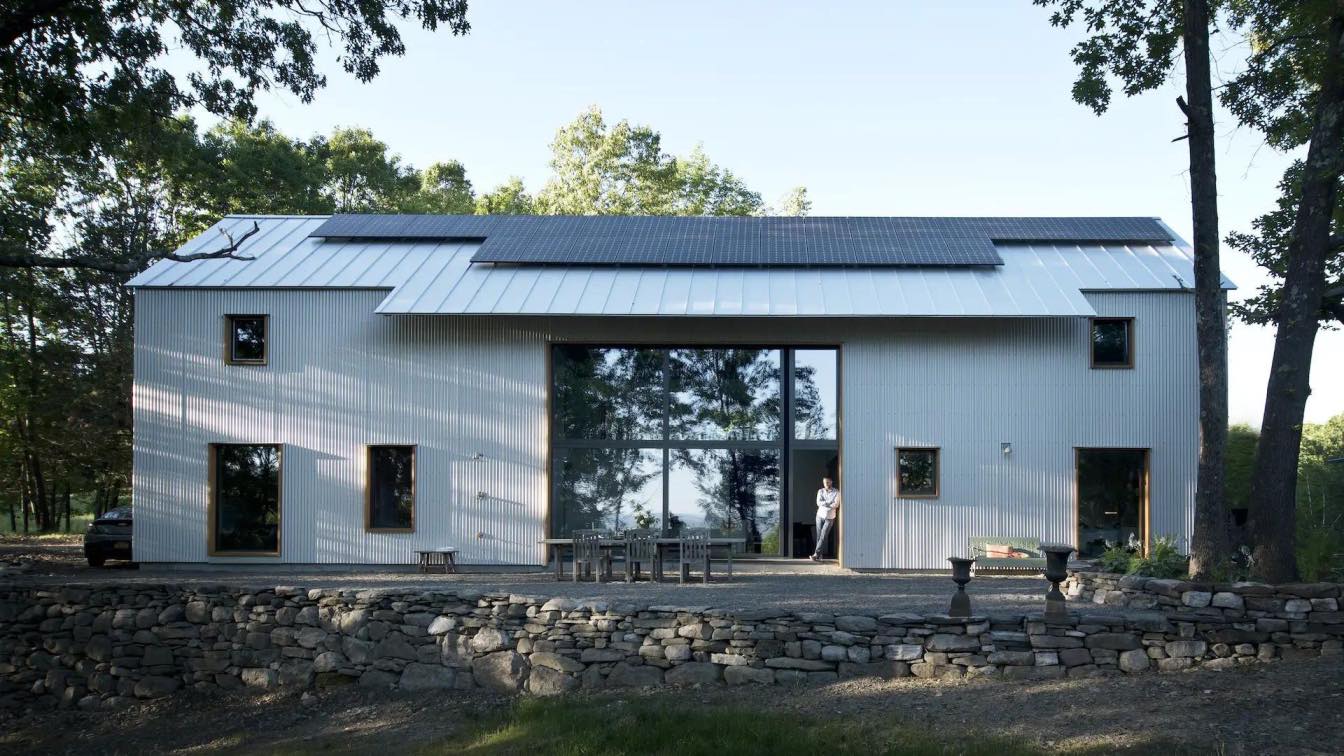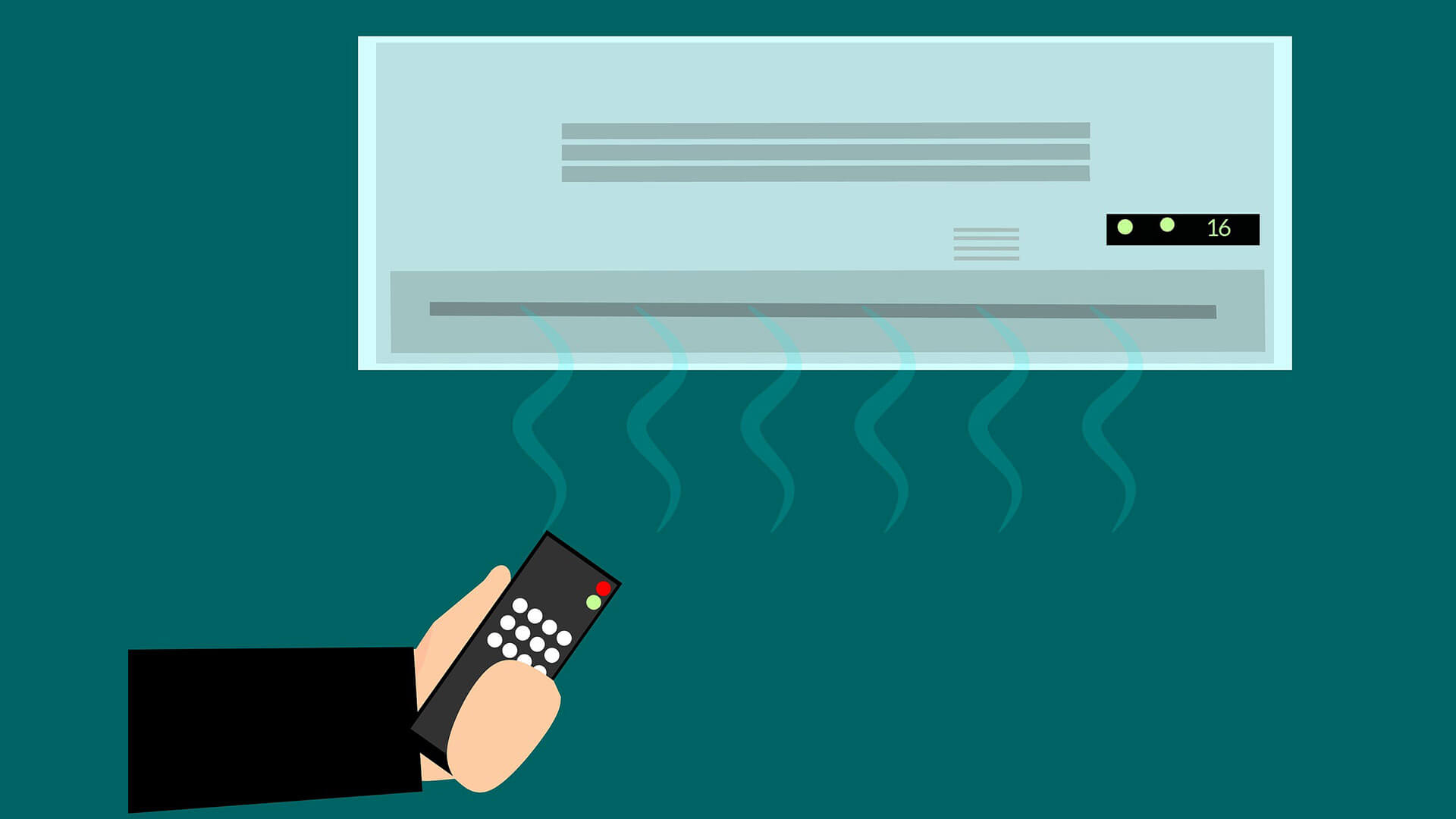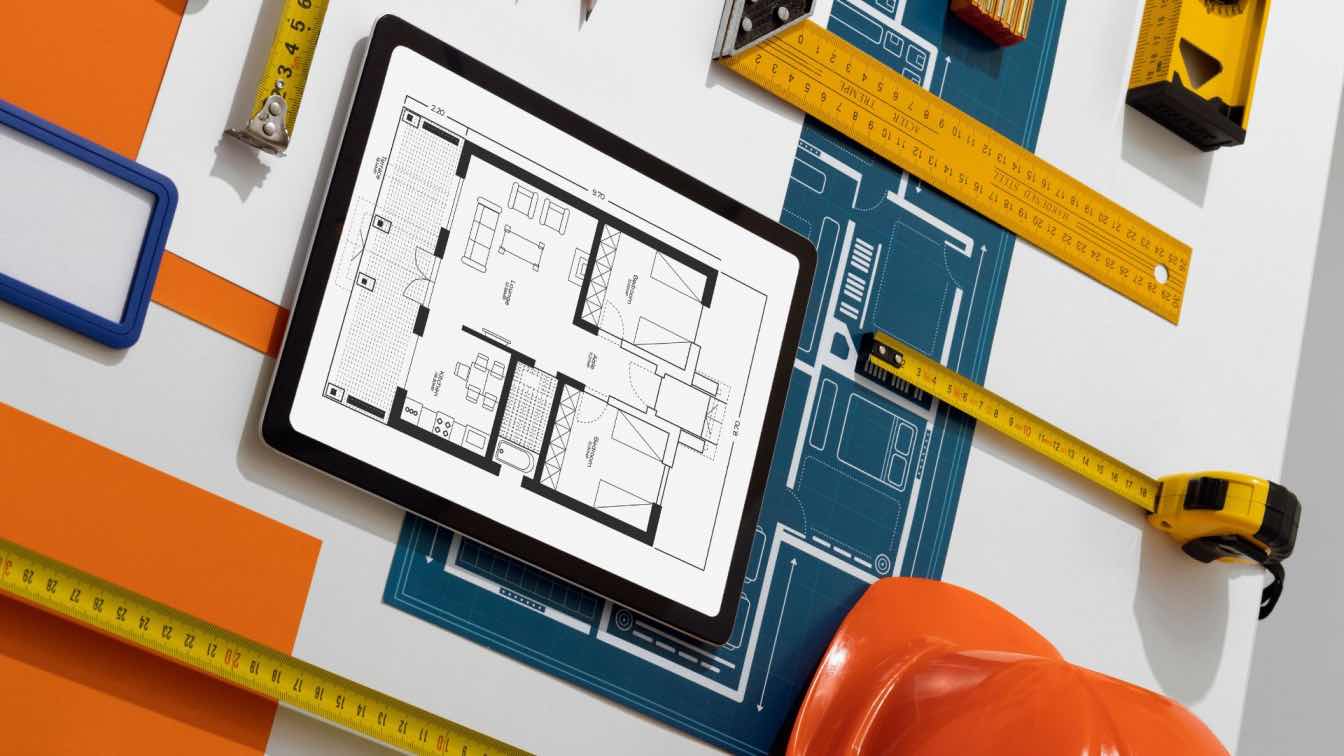Energy consumption is a hot-button issue, with the dual impacts of climate change and rising energy bills. So now has never been a better time to think about how energy efficient your home is.
In the U.S., the residential sector accounts for 21% of energy consumption nationwide, but this number is declining as homeowners take action to reduce their personal carbon footprints.
Here’s your guide to making your home more energy efficient.
Install Energy Efficient Windows
The right windows are designed to trap the cool air inside during the summer and trap warm air inside during the winter. In addition, old, drafty windows are a massive money sink, making energy-efficient windows an investment that pays for itself.
The best types of windows are ENERGY STAR rated. Look for windows with argon gas between the two panes and low-emissivity coating. These windows can save up to 50% on your energy bills.
On a side note, ENERGY STAR appliances and fittings can save massive amounts on your bills. Newbuild ENERGY STAR homes are 15% more energy efficient than older homes with legacy fittings.
Use Energy-Efficient Lightbulbs
One of the most cost-effective additions you can make to your home is energy-efficient lightbulbs. These are fast becoming the standard, with traditional incandescent lightbulbs falling by the wayside.
Energy-efficient lightbulbs cost a few dollars more, but they last longer and expend less energy, which saves you money in the long run.
Get Your Windows Tinted
Window tinting reduces your energy bills and enhances your privacy and security. Some residential window tinting in Charlotte, NC, can even transition as the light fails. The brighter it is, the darker they’ll be.
Window tinting keeps your home cool and blocks out harmful UV rays. UV rays can cause skin cancer over time, but they also fade carpets, upholstery, and furniture. Window tinting films can block up to 99% of UVA and UVB rays.
Avoid DIY window tinting kits. Installing window tinting requires a high degree of precision, and getting it wrong can lead to you replacing your windows.
Purchase a Tankless Water Heater
The hot water heater is one of the biggest energy sinks in your home. Tankless versions are much more energy efficient and come with the bonus of a longer lifespan than traditional storage water heaters.
Consider a state-of-the-art condensing tankless water heater if you have the extra money in your budget. These water heaters reuse exhaust gas to heat your water faster.
Update Your HVAC System
HVAC technology has come a long way in the last ten years. However, the average HVAC system lasts for between ten and fifteen years, meaning that the chances are your existing system is already outdated.
Purchasing a new HVAC system will let you heat and cool your home for less. But, again, search for the ENERGY STAR rating on new HVAC systems.
Call in a professional to assess your home and recommend some options. They’ll measure your home using a heat-loss calculation so that you have the right-sized system.
Some of the state-of-the-art HVAC systems even offer zonal cooling/heating so that you can control separate sections of your home.
After installing your new system, schedule an annual maintenance appointment. Yearly servicing ensures your HVAC system runs for longer without losing its efficiency.
Upgrade Your Appliances
Periodically, you’ll need to replace various appliances around your home. Washers, dryers, dishwashers, and more are all big energy consumers in your home.
Most people don’t have the money to upgrade everything immediately, so consider this an ongoing product. Each time one of your appliances comes to the end of its lifespan, look for a modern, energy-efficient version of that appliance.
Upgrading your appliances in this way won’t just reduce your energy bills. Many newer appliances perform better, so you’ll notice a notable performance spike.
Improve Your Home’s Insulation
All newly built homes come with insulation. Older homes might not have insulation, but it’s never too late to add it.
Your attic is the best place to add insulation because hot air rises and cool air falls. Insulate your attic, including the rafters and the floor. Insulation has never been cheaper to install, with the price falling to just a few dollars per square foot for high-quality insulation.
Use a Fireplace Insert
Older homes may still have fireplaces. It should come as no surprise that your fireplace loses a significant amount of energy.
Add an insert to your fireplace. It’s a simple addition that reduces heat loss through your fireplace. Your insert will also help create a warm ambiance during those cooler winter months.
While fireplace inserts can be installed without the help of a professional, it’s worth the extra cost to call in some extra help. Professional installers can maximize the insert’s efficiency while ensuring proper ventilation.
Adjust Your Behaviors
Be more mindful of the way you use energy at home. Changing your behavior can significantly affect how much energy you consume. Simple habits you can adopt right now include:
- Only run your dishwasher when full.
- Running your washer and drier when full.
- Taking shorter showers.
- Turning down the temperature in your home by a degree or two.
- Switching off appliances at the wall when not in use.
- Heating and cooling only the parts of your home that you’re using.
There are also plenty of devices to help you track your power usage. Following your power usage and which appliances are using the most energy can help you make targeted adjustments to how you live your life.
Making these changes can pay dividends, and with energy bills soaring, these changes have never been more impactful.
Conclusion
Building an energy-efficient home has never been simpler. You don’t need to make wholesale changes to your home at once. Instead, look at your budget and set aside some funds for making these investments.
In some jurisdictions, you may even be able to take advantage of tax credits, so consult your local government’s website to see which tax breaks might be available for improving your home’s energy efficiency.
What changes are you making to ensure your home is more energy efficient?





